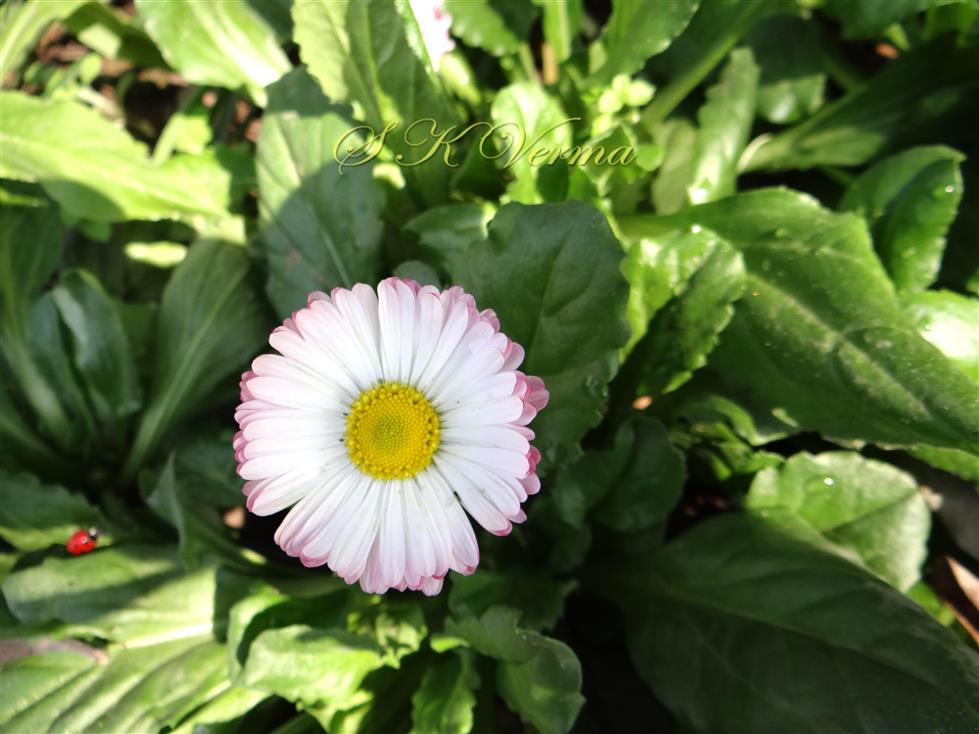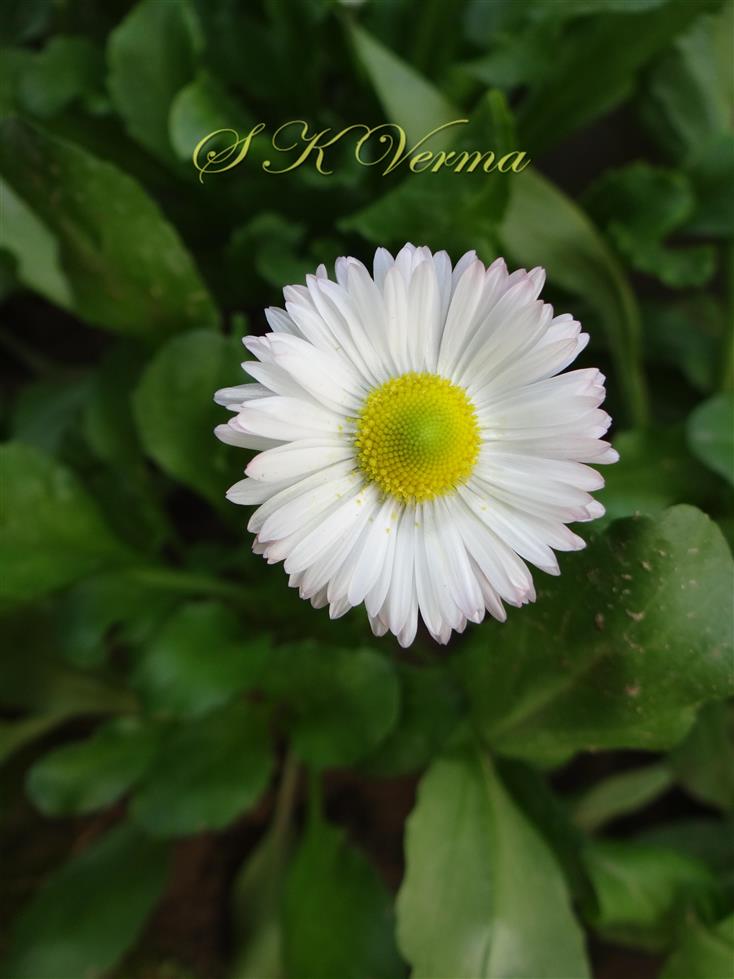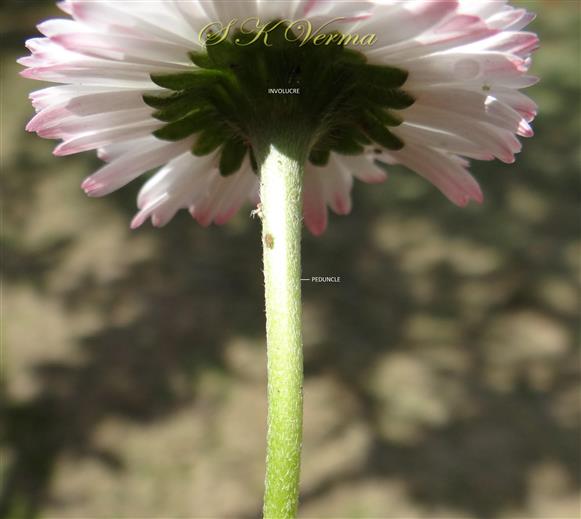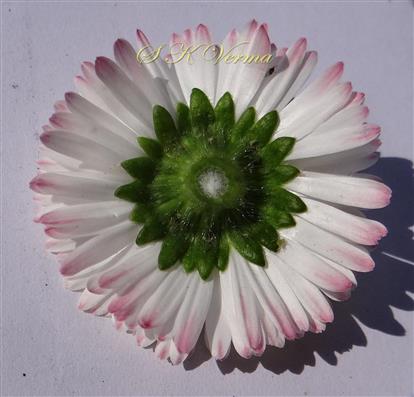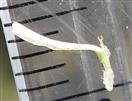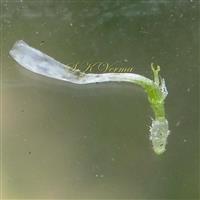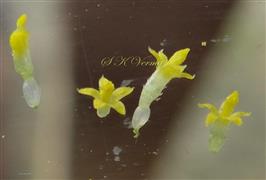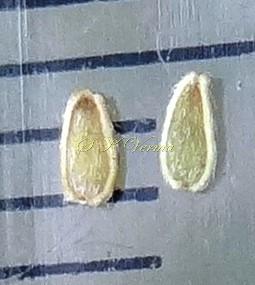BELLIS
Bellis
L., Sp. Pl. 2: 886. 1753; Gen. pl. ed. 5: 378. 1754; Chen & Brouillet, Fl. China @ eFloras.org 20-21: 559; Brouillet, Fl. North Amer. @ eFloras.org 20: 22.
Herbs, annual or perennial, scapose, caespitose, or stem erect, rarely branched, strigose. Leaves mostly basal, rosulate, sometimes cauline, alternate, petiolate, blade 1-nerved, spatulate, oblanceolate or obovoid, margins repand-dentate-serrate, strigose. Capitula radiate, often solitary, heterogeneous, pedunculate or scapose. Involucres hemispheric or broadly campanulate; phyllaries 2-3-seriate, unequal or subequal, leaflike (herbaceous), 1-nerved. Receptacle conic, +/- elongating with age, pitted, epaleate. Ray florets 35-90, (1-) 3-4-seriate, pistillate, fertile, corollas adaxially white, abaxially often pink- or purplish-tinged, apically entire. Disc florets numerous (60-80+), bisexual, yellow, fertile; corollas pale yellow, tubes much shorter than funnelform throats, lobes 5, erect or incurved, deltate; style branch appendages short, deltate. Cypselae obovoid or obconic, compressed, marginally 2-ribbed, beakless, faces short strigose. Pappus absent or rarely of few, verticellate short, basally connate bristles.
14 species
Bellis perennis
Bellis perennis
L., Sp. Pl. 2: 886. 1753; Fl. China @ eFloras.org 20-21: 559; Fl. North Amer. @ eFloras.org 20: 23.
Annual herbs, 10-25 cm tall, scapose, caespitose, short, erect, branched at base. Leaves basal, rosulate, up to 25 cm x 5.3 cm; petiole long, winged, equalling or longer than blade; blade spatulate, base attenuate, margin serrate to crenate, apex obtuse, sometimes retuse, mucronate; adaxial surface more densely strigose than abaxial surface, trichomes multicellular. Capitula radiate, terminal, solitary on peduncles; peduncles up to 31 cm long, strigose, sparsely villosulosus and sparsely minutely stipitate glandular distally (near capitula). Involucres hemispheric or broadly campanulate, up to 20 mm in diameter; phyllaries 2- seriate, up to 22 in number, 7- 8 mm x 2-2.5 mm, subequal, oblanceolate, leaf-like, abaxial surface pilose/ strigose, adaxially smooth, margin narrowly scarious, sparsely ciliate, midvein thin, apex obtuse, prominently ciliate. Receptacle conic, elongating with age, epaleate. Ray florets: Many up to 100, 3-4-seriate, pistillate, fertile. Corolla adaxially white, abaxially often pink or purplish tinged, tube very short, 1 mm long, densely pilose at its apex; lamina 10-12 (-16) mm x 2-3 mm, oblong-obovate, 3-nerved, apex rounded, entire. Ovary ca. 1 mm long, papillose; style ca. 2 mm long, bifid; stigma linear. Disc florets: Numerous, ca. 4 mm long, bisexual, yellow, fertile. Corolla pale yellow, ca. 2.5 mm long; tubes much shorter (ca. 0.5 mm) than funnelform throats; lobes 5, 0.5 mm long, deltate. Anthers 1 mm long. Ovary compressed, rhomboid, erect, obovate; style 2 mm long: stigma bilobed, appendages short. Cypselae (Achenes) obovoid, ca. 2 mm x 1 mm, compressed, marginally 2-ribbed, beakless, faces short strigose. Pappus absent or very much reduced in the form of bristles.
Common Names: English Daisy, Lawn Daisy, Common Daisy, Bruisewort
